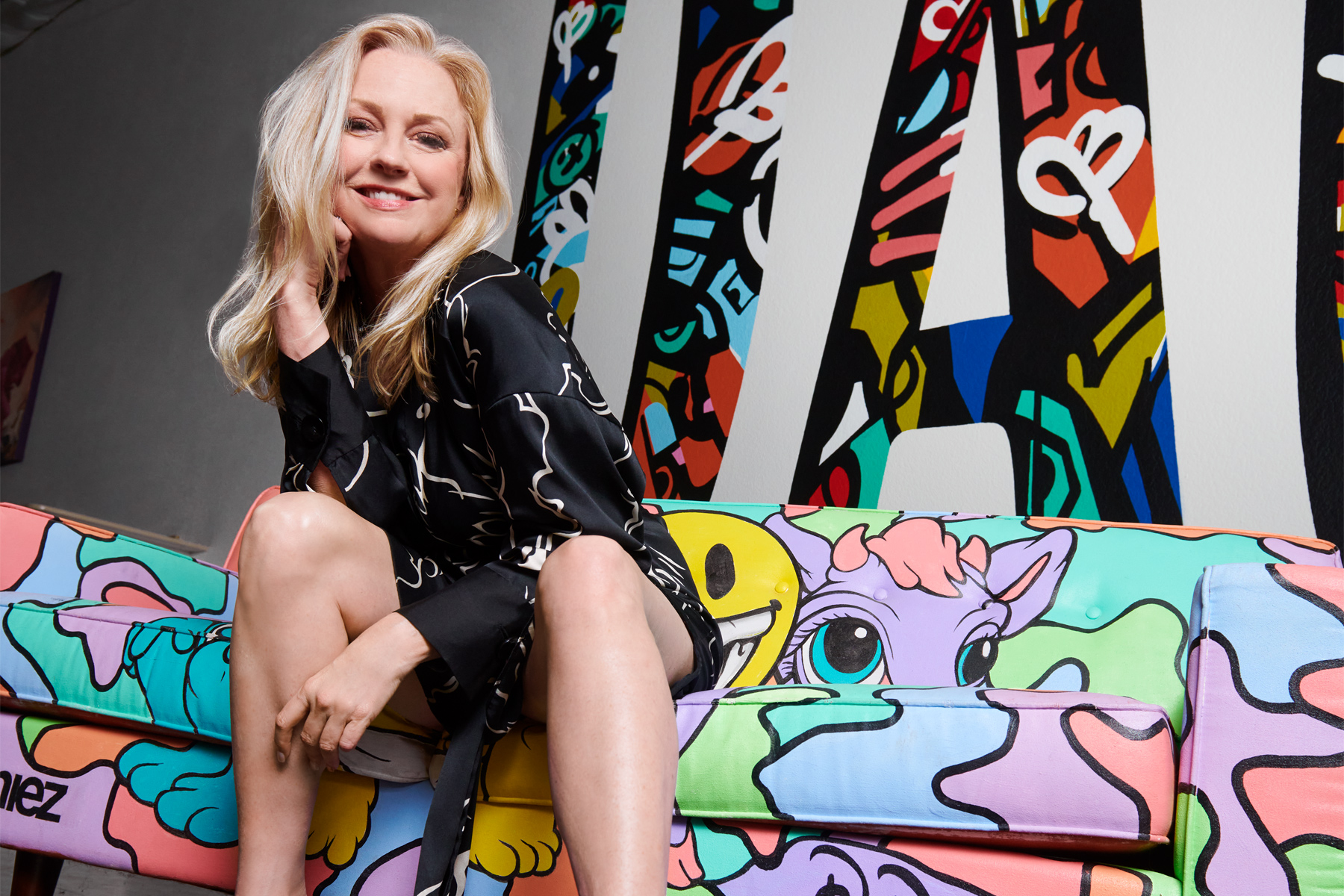Why Reyne Hirsch Jumped From Antiques Roadshow to a Dallas Auction House
Hirsch is sold on bringing people back to the showroom. So we asked her about her time on national television and what's changing in the world of auction houses. Reyne Hirsch, who spent 13 seasons as an on-air appraiser for Antiques Roadshow, co-owns the Patrick Jones Gallery in Dallas and recently bought the Dallas Auction Gallery. She introduced new categories to the 24-year-old auction house, including streetwear. Hirsch's most memorable appraisal was a beautiful vase made by a French artist named Émile Gallé, which had provenance and was purchased 20-plus years ago. Despite the growing popularity of online auctions, Hirsch insists that the industry is still relevant and that the focus of the showroom is on the energy and excitement.

게시됨 : 일년 전 ~에 의해 ~에 Auto
Reyne Hirsch spent 13 seasons as an on-air appraiser for Antiques Roadshow, and she co-owns the Patrick Jones Gallery in the Design District. Last June, she bought the nearby Dallas Auction Gallery and has introduced new categories to the 24-year-old auction house.
How often do you have to correct people that it’s “antiques dealer,” with an “s,” and not “antique dealer”? I like to pick my battles. I think my bigger correction is people calling things antiques when they’re not. The definition of antique is 100 years or older. A lot of people inherit things from their grandmother or their mother, and they immediately think that they’re antiques, and I have to explain to them, “Do you think they stopped shopping when they were 1 year old?”
You established streetwear as a new category at Dallas Auction Gallery. When you were appraising Tiffany glass on Antiques Roadshow years ago, did you ever think you’d be selling sneakers? No, I didn’t. We recently auctioned a pair of 1985 Air Jordan 1s for just under $12,000.
What was your most memorable appraisal on Antiques Roadshow? My most memorable one never made it to television. What makes good television is not somebody who walks up and says, “I have this Tiffany lamp appraised five years ago for $50,000. Can you tell me what it’s worth today?” That’s not interesting. There’s no element of surprise. There’s no storytelling. So I had a person who came up to me with a really beautiful vase made by a French artist from the art nouveau era named Émile Gallé. They had bought this piece 20-plus years ago. They knew what they had. The piece was made by Émile, but it was made for his sister. It had amazing provenance. Not just the fact that it was made for Émile’s sister, but also that it came from an important dealer. I think they paid, like, $30,000 for the vase, and I said that if it came on the market, it would be worth about a quarter million dollars. I wanted to take it on air because I wanted to talk more about provenance and how that can really play a big role in the value of something, but I ended up not doing it just because they knew the provenance behind it and they had paid a lot of money for it.
You and Steve Ivy step onto an elevator headed to a penthouse suite to appraise the estate of a recently deceased billionaire for auction. Which one of you steps off that elevator alive? Me. Absolutely me. [laughs] Jim Halperin [who co-founded Dallas-based Heritage Auctions with Ivy] is a longtime friend of mine, and I used to consult for Heritage many years ago. I have all the respect in the world for them. I’ve worked for a bunch of auction houses over the years, and I love the thrill that every phone call and email is always an opportunity, and I love seeing things that people didn’t know that they had, but there’s enough room for everybody. There are enough seats at the table for everyone, as far as Heritage goes. There are plenty of categories that they cover that we never will. I have referred things to Heritage since owning the Dallas Auction Gallery. It’s a friendly competition.
With more and more auctions going online, is your auctioneer’s job in jeopardy? No. We are working really hard to incorporate exciting things to get people to come back into the auction. There was a time that the Dallas Auction Gallery would have standing room only on the showroom floor on auction day, and then COVID hit and that kind of changed it a little bit for people. But we want to see the energy come back to the showroom floor. So, for example, when we had our couture and streetwear auction, we had a fashion show right before it to get people to come and watch. This fall, we’re going to have a gentleman’s sale. We’re going to have a whiskey tasting prior to that. We’re trying to make the auction an experience. Also we’re trying to attract the younger generation who drive the market. A lot of them have never stepped foot into an auction house to even see what that’s like.
You’ve operated galleries here and in Houston. Why did you decide to make Dallas home? I’m a native Houstonian, and I love being from Houston, but there’s something about the market in Dallas that’s just stronger. People seem to be more educated in the fine arts and antiques world. They collect a little more avidly. I hate to say that because, you know, when you grow up in Houston, you don’t like Dallas. There’s that rivalry that never stops. There are a lot of things that I absolutely love about Houston, but from a fine art, antiques, and culture position, Dallas has it over Houston.
This story originally ran in the June issue of D Magazine with the headline “Doing Her Bidding.” Write to [email protected].
